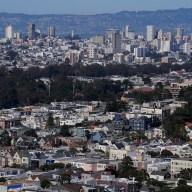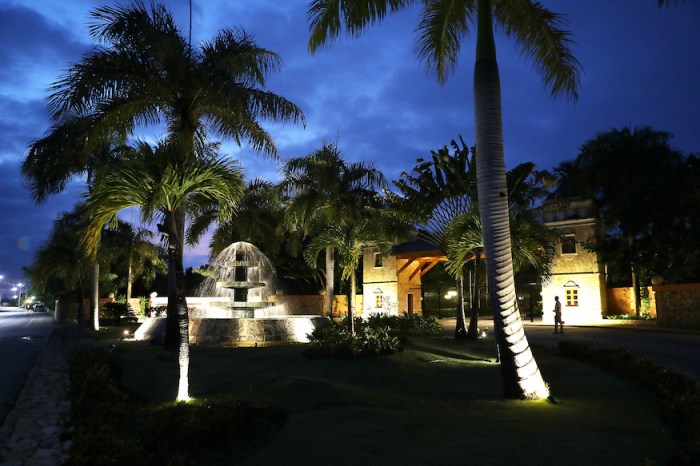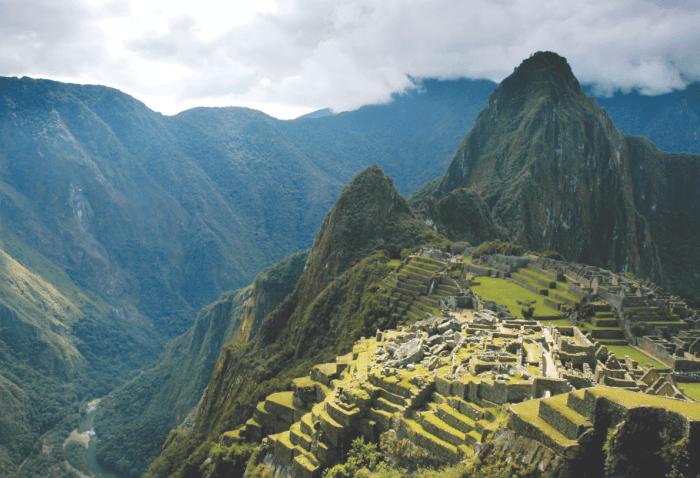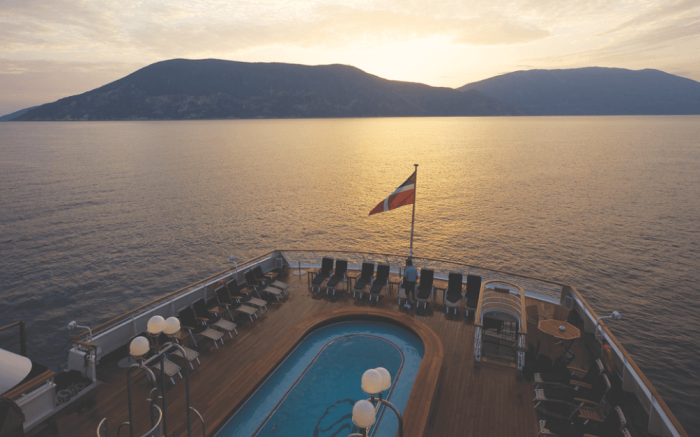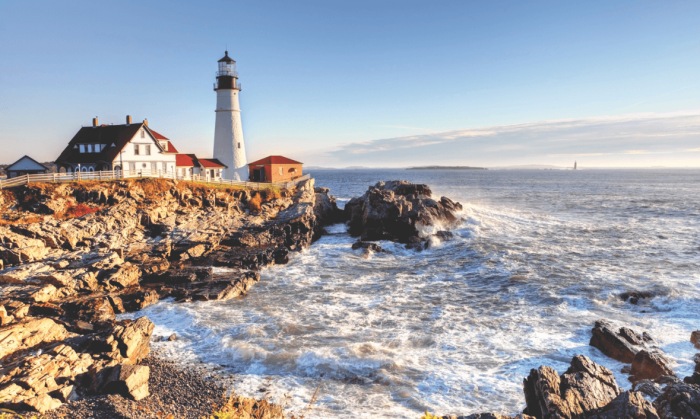The Hawaii Volcanoes National Park is a national park like no other in the U.S., and one of the island’s biggest attractions beyond its beaches. It has two active volcanoes. Kilauea is said to be the most active volcano in the world, while Mauna Loa is the biggest volcano on the face of the earth. Fortunately for visitors, both volcanoes are considered fairly benign compared to others elsewhere in the world. This wasn’t always the case. The islanders regard Kilauea as the home of Pele, the volcano goddess, and in 1790 a group of warriors offering gifts to Pele were killed during a sudden, violent eruption. You can still see their footprints in the lava rock. related: Five romantic Caribbean cruises
Today you can safely hike to the top of Mauna Loa on one of numerous hiking trails in the park.
But if you want to see the active Kilauea volcano too, you should allow at least a day for a visit. The park covers 323,431 acres and it takes time to get to Kilauea. The reward is a chance to see the longest continuously erupting volcano in the world — it’s been constantly active since 1983. Stop at the Visitor Center first to learn what the current activity is like and where the action is. There are geologists on hand to answer questions. From here you can also join the Crater Rim Drive, an 11-mile route through some of the most startlingly unique scenery in the Pacific Ocean. related: Explore the great outdoors in South Florida HAWAII’S OTHER NATIONAL PARKS
Pu‘uhonua ‘O Honaunau National Historical Park
This religious site on Hawaii’s west coast, once a refuge for criminals seeking forgiveness and the chance to reform, is now a living museum covering ancient Hawaiian laws and rituals.
Kalaupapa National Historical Park
On the island of Molokai, this former colony for those suffering from leprosy requires a permit, with only 100 issued each year. A truly special experience.
Haleakala National Park
This Maui park’s main feature is the vast 7-mile wide volcanic crater, best seen at sunrise and sunset, but it also shelters endangered endemic wildlife such as the nene or Hawaiian goose, the world’s rarest goose. Kaloko-Honokohau National Historical Park
On the west coast of Hawaii, Kaloko-Honokohau has walking trails and ancient fish ponds, plus a wetland area where you’ll find native wildlife.
Get more Hawaii travel tips at www.insightguides.com.






